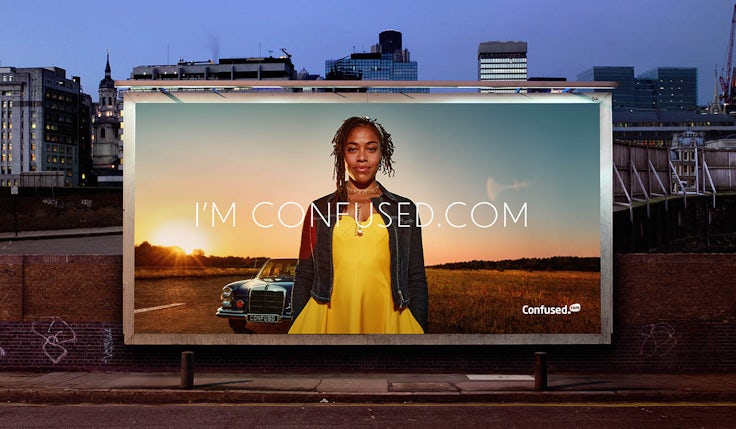Radio advertising watchdog is like a cure looking for a disease
Four years after its launch, the RAB finds itself in a peculiar position – with few problems left to solve, what should it do next? By Nick Higham Nick Higham is BBC TV’s media correspondent
It’s four years since the Radio Advertising Bureau (RAB) was launched, with four staff and a tiny office in what its chief executive, Douglas MacArthur, describes as “a gentleman’s toilet” behind Capital Radio’s Euston Road studios.
It set out to transform the way in which radio was perceived in the advertising community, and thereby to turn it from the Cinderella medium with just two per cent of all advertising expenditure into something that was professionally marketed, properly branded, taken seriously by advertisers and much more successful at winning business.
At the time, the RAB seemed a long-overdue initiative (though one that had been tried and failed before), but one that deserved to succeed. But given radio’s history, and not least the industry’s capacity to let internal bickering and dissension undermine collective initiatives, I gave MacArthur and his team only a 50:50 chance of success.
Well, today the RAB has around 18 staff and flash new premises in the heart of London’s adland – or, at any rate, half a floor in a modern office block in Shaftesbury Avenue. Commercial radio’s share of display advertising revenue has risen to 4.3 per cent, and the medium has recorded year-on-year increases in revenue of 26.4 per cent, 23.4 per cent and 22.7 per cent in the past three years. Compare this with the next fastest-rising medium, trade magazines, which went up by only 8.4 per cent in 1995.
Commercial radio’s share of all listening has also risen steadily, to more than 50 per cent, though it was knocked back to 47.6 per cent in the latest quarterly Rajar figures by a resurgent BBC.
Not all of this improvement is attributable to the RAB, of course. The arrival of national commercial stations has a lot to do with it – notably Classic FM, which for the first time pulled in large numbers of ABC1 listeners to commercial radio.
The establishment of an industry-wide ratings currency, Rajar, in which the BBC also participates, was also significant.
And so too was the consolidation of the industry. There are now just three companies dominating local commercial radio in England, and one in Scotland. Between them, they own the bulk of the market leaders, the original ILR stations with Top 40 FM and gold or easy listening AM services.
Then, alongside the market leaders and a growing plethora of small-scale local stations, there are potentially major players owning new regional stations or big city franchises. Such as Golden Rose, which owns the Jazz FM stations in London and the North-west, and owned the disastrous Viva! until it sold it the other day to Mohammed Al Fayed, and Chrysalis, which owns the Heart FM stations in London and the West Midlands.
These groups are better-financed, better-managed and generally more professional than the independent stations of yore, run by archetypal small businessmen who found it difficult to raise their eyes from the immediate local problems that surrounded them.
The consolidation of ownership has also helped bring about the professionalisation of radio sales. And improvements, especially in transmission verification, has boosted advertisers’ confidence that they are getting what they pay for. The controversial consolidation has seen the Capital-owned MS&M accounting for perhaps 40 per cent of all national radio revenue, and Capital itself upwards of 20 per cent.
But the RAB has played its part. It has presented facts and figures about the industry in a professional way, removed barriers to purchase and, crucially, given advertisers, agencies and media specialists positive reasons for justifying their use of the medium.
So successful has the process been that, asked what barriers to purchase remain, MacArthur can only cite such relatively minor problems as the structure of artists’ payments, which currently demands that actors be paid ten times as much for appearing in an ad on Talk Radio UK (total audience 2.1 million) as one on Capital (total audience 3.9 million), because the former is national and the latter local.
The RAB has had its failures. One aim was to improve the standard of creativity in radio commercials. Well, I’m sorry, but many are still terrible.
And it has a lot to live up to: it will almost certainly be impossible to record such huge increases in revenue in coming years.
It also has a short-term fire-fighting task in safeguarding Rajar, which nearly collapsed when the BBC threatened to pull out last year and it became clear that a change in methodology had led to lower listening figures all round, especially for minority stations.
MacArthur is currently engaged in discussions with the BBC, commercial stations, advertising agencies and research experts with a view to agreeing a new Rajar methodology before the end of the current contract in two years’ time. The damage that could be done to the industry’s credibility if Rajar does collapse – destroying confidence in radio’s ratings currency – doesn’t bear thinking about.
But for now, the RAB is justifiably pleased with itself. It has been instrumental in transforming perceptions of the medium. Its task now is less dramatic, but arguably more difficult – to sustain the improvement when there are so few obvious problems to put right.



